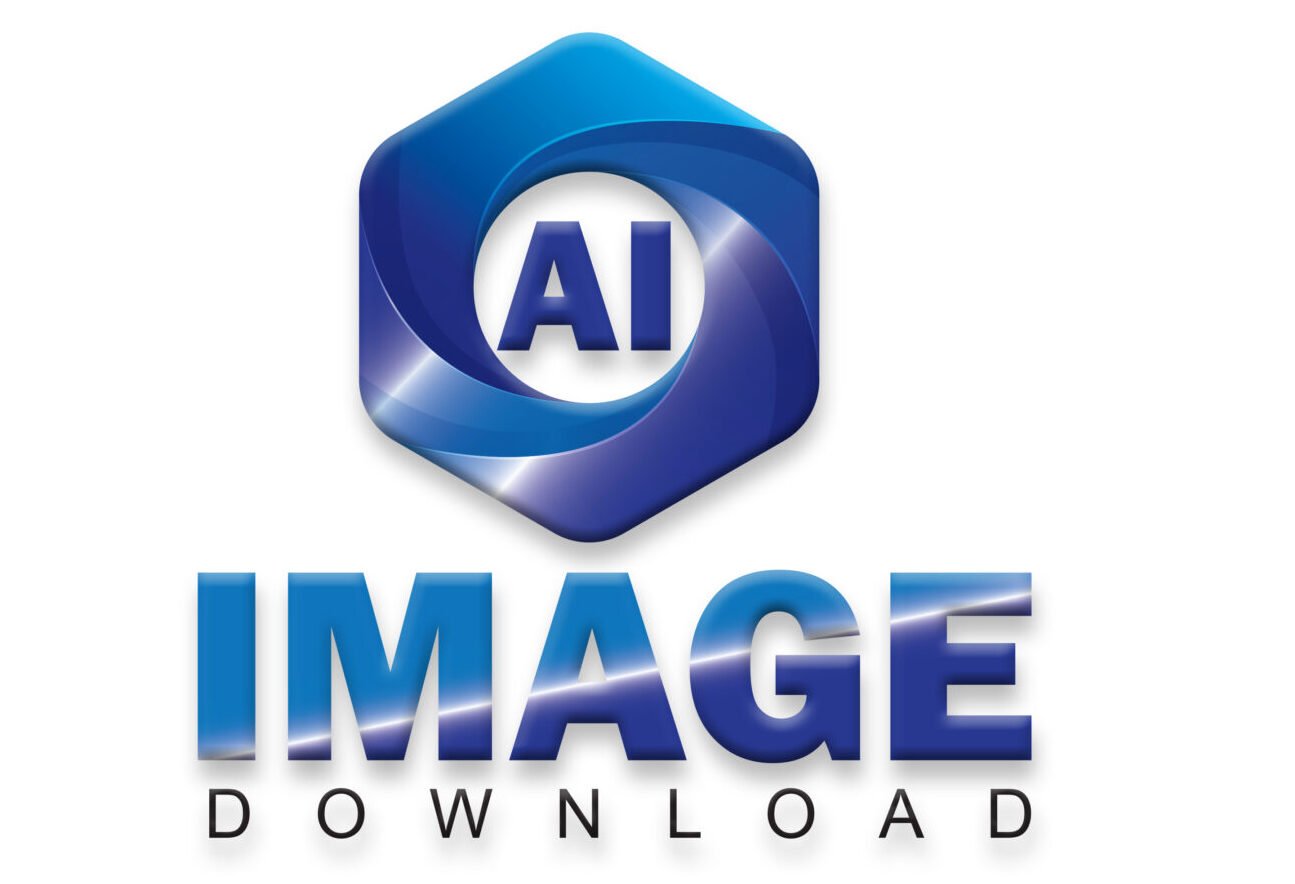Predictive analytics using AI enhances decision-making through self-learning algorithms for pattern recognition and automated actions. Predictive analytics leverages AI to analyze data and make accurate predictions for improved decision-making. By utilizing AI neural networks with self-learning algorithms, businesses can automate processes, optimize inventory management, and enhance customer service efficiency. Generative AI further enhances predictive analytics by generating synthetic data to mitigate biases and ethical risks, providing valuable insights for data teams.
AI analytics tools enable companies to automate tasks and process complex data efficiently, allowing for scalable and frictionless operations. The continuous learning capability of AI ensures predictive accuracy by adapting to changing conditions and refining predictions as new data becomes available.
Predictive Analytics Using AI

Fundamentals of Predictive Analytics Using AI
Predictive analytics using AI is a powerful tool that leverages advanced algorithms and machine learning techniques to forecast future outcomes based on historical data. It helps businesses and organizations make informed decisions, optimize processes, and anticipate potential risks and opportunities. Understanding the fundamentals of predictive analytics is essential for harnessing the full potential of AI in driving business success.
Definition and Importance- Predictive Analytics Using AI
Predictive analytics refers to the use of statistical algorithms and machine learning techniques to identify the likelihood of future outcomes based on historical data. It involves analyzing patterns, trends, and relationships within data to make predictions about future events or behaviors. The importance of predictive analytics lies in its ability to enable proactive decision-making, mitigate risks, and capitalize on opportunities, ultimately driving business growth and competitiveness.
Key Concepts
- AI Predictive Analytics Examples: Examples of AI predictive analytics applications include customer churn prediction, fraud detection, demand forecasting, and personalized recommendation systems in e-commerce.
- AI Predictive Analytics Tools: Advanced tools such as machine learning platforms, predictive modeling software, and data visualization tools empower organizations to implement predictive analytics using AI effectively.
- AI Predictive Analytics in Healthcare: In the healthcare industry, AI predictive analytics is utilized for patient risk stratification, disease outbreak prediction, and personalized treatment planning, leading to improved patient outcomes and operational efficiency.
Applications In Various Industries
Predictive analytics using AI is revolutionizing various industries by enabling automated decision-making, improving inventory management, and enhancing customer service efficiency. AI’s self-learning algorithms excel in pattern recognition, freeing up time and streamlining processes across different sectors.
Finance
Predictive analytics using AI has revolutionized the finance industry. It enables financial institutions to anticipate market trends, manage risks, and detect fraudulent activities. AI-driven predictive analytics can assist in portfolio management, loan approvals, and customer credit risk assessment. Additionally, it aids in identifying investment opportunities and optimizing financial strategies.
Healthcare
The healthcare sector has embraced AI-powered predictive analytics to enhance patient care and optimize operational efficiency. Through predictive modeling, healthcare organizations can forecast patient admissions, predict disease outbreaks, and personalize treatment plans. AI-driven predictive analytics also facilitates early disease detection and improves patient outcomes.
Marketing
In the realm of marketing, AI-powered predictive analytics drives targeted campaigns by analyzing consumer behavior and predicting purchasing patterns. Customer segmentation and personalized recommendations are refined through AI-driven predictive analytics, resulting in enhanced customer engagement and improved marketing ROI.
Challenges and Limitations
Predictive analytics using AI offers immense potential, but it also presents certain challenges and limitations that need to be addressed for its effective implementation. Understanding these challenges is crucial for businesses to leverage the full benefits of AI-driven predictive analytics.
Data Quality
One of the primary challenges in predictive analytics using AI is ensuring the quality of data. Incomplete, inaccurate, or biased data can lead to flawed predictions and insights. It is essential to implement robust data validation and cleansing processes to ensure the accuracy and reliability of the data used for predictive modeling. Moreover, the integration of diverse data sources may introduce inconsistencies, requiring careful data normalization and standardization.
Interpretability and Bias
Interpretability is another significant concern in AI-driven predictive analytics. Complex machine learning models often lack transparency, making it challenging to interpret the rationale behind their predictions. This opacity can hinder the trust and acceptance of predictive analytics outcomes. Additionally, AI models may inherit biases present in the training data, leading to unfair or discriminatory predictions. It is crucial to implement measures to identify and mitigate biases to ensure the fairness and ethical use of predictive analytics.

Best Practices
Predictive analytics using AI requires the implementation of best practices to ensure accurate and efficient results. With AI’s self-learning algorithms and pattern recognition capabilities, businesses can make automated decisions, improve inventory management, and enhance customer service efficiency, ultimately boosting productivity and driving growth.
Best Practices for Predictive Analytics Using AI Predictive analytics is a powerful tool that can help businesses and organizations make informed decisions based on data. With the help of AI, predictive analytics can be even more effective. However, to get the most out of predictive AI, there are some best practices that you should follow. In this section, we will discuss some of these best practices and how they can help you get the most out of predictive analytics using AI. Data Preparation The first step in any predictive analytics project is to prepare the data. This involves gathering and cleaning the data, as well as identifying any patterns or trends that may be present. When it comes to AI predictive analytics in healthcare, this step is particularly important, as the data may be sensitive and require special handling. To prepare the data, you should start by identifying the data sources and determining what data you need. Once you have gathered the data, you should clean it, removing any duplicates or errors. You should also ensure that the data is formatted correctly and that all relevant variables are included. Model Selection The next step in predictive analytics using AI is to select the right model. There are many different models to choose from, each with its strengths and weaknesses. The key is to select a model that is appropriate for your data and your goals. When selecting a model, you should consider factors such as accuracy, speed, and interpretability. You should also consider what sentence best describes deep learning, as this will help you determine whether a deep learning model is appropriate for your project. Once you have selected a model, you should test it using your data to ensure that it is accurate and effective. You may need to adjust the model or try different models until you find the one that works best for your data and your goals. Predictive Analytics Techniques Many different techniques can be used in predictive analytics using AI. Some of the most common techniques include regression analysis, decision trees, and neural networks. Each technique has its strengths and weaknesses, and the key is to select the right technique for your data and your goals. When using predictive analytics techniques, it is important to ensure that you are using the right data and that you are interpreting the results correctly. You should also ensure that you are using the right tools and software to analyze the data, as this can have a significant impact on the accuracy and effectiveness of your results. Conclusion Predictive analytics using AI is a powerful tool that can help businesses and organizations make informed decisions based on data. However, to get the most out of this tool, it is important to follow best practices such as data preparation, model selection, and the use of effective predictive analytics techniques. By following these best practices, you can ensure that your predictive analytics projects are accurate and effective, and deliver the insights you need to make informed decisions.
Ethical Considerations
Ethical considerations are crucial in using AI for predictive analytics, ensuring data privacy and fairness. Implementing ethical guidelines helps mitigate biases and promotes transparency in AI-driven decision-making processes. It is essential to prioritize ethical practices to uphold trust and credibility in predictive analytics using AI.
Predictive analytics using AI is a powerful tool that can help businesses make data-driven decisions and gain a competitive edge. However, as with any technology, there are ethical considerations that must be taken into account. In this section, we will explore some of the key ethical concerns related to predictive analytics using AI, including privacy concerns, fairness, and accountability.
Privacy Concerns
One of the most significant ethical concerns related to predictive analytics using AI is privacy. Predictive analytics relies on large amounts of data, often including personal information, to make accurate predictions. This data can include everything from demographic information to browsing history to purchase behavior. Businesses must ensure that they are collecting and using this data responsibly and ethically. This means being transparent about what data is being collected, how it is being used, and who has access to it. It also means taking steps to protect this data from unauthorized access or misuse.
Fairness and Accountability
Another important ethical consideration related to predictive analytics using AI is fairness and accountability. Predictive analytics models can be biased if they are trained on data that is not representative of the population they are meant to serve. This can lead to inaccurate predictions and unfair outcomes. To address this concern, businesses must ensure that their predictive analytics models are based on unbiased data and are regularly audited for fairness. They must also be accountable for the decisions made based on the predictions generated by these models. In conclusion, while predictive analytics using AI can provide businesses with valuable insights and a competitive advantage, it is crucial to consider the ethical implications of this technology. By addressing privacy concerns, ensuring fairness and accountability, and taking a responsible approach to data collection and usage, businesses can leverage the power of predictive analytics while minimizing the potential risks and negative impacts.
Future Trends
Predictive analytics is a rapidly evolving field, and the future trends point towards exciting advancements in AI and its integration with other technologies. Let’s explore the upcoming developments that will shape the landscape of predictive analytics.
Advancements In AI
The future of predictive analytics is intertwined with the continuous advancements in AI. Predictive AI software is leveraging cutting-edge algorithms and machine learning techniques to enhance the accuracy and efficiency of predictive models. As AI neural networks adapt and refine their outcomes with self-learning algorithms, they excel in pattern recognition, enabling automated decision-making that frees up time, improves inventory management, and enhances customer service efficiency.

Integration With Iot
The integration of predictive analytics with the Internet of Things (IoT) is set to revolutionize the way businesses harness data for insights. Through this integration, predictive analytics techniques can leverage the vast amount of real-time data generated by IoT devices. AI-powered predictive analytics will play a crucial role in processing this data to derive valuable insights, enabling proactive decision-making and predictive maintenance in various industries.
Frequently Asked Questions
How can AI be Used for predictive analytics?
AI enhances predictive analytics through self-learning algorithms, excelling in pattern recognition for automated decision-making, inventory management, and improved customer service efficiency.
Can genai be Used for predictive analytics?
GenAI can enhance predictive analytics through generative AI for improved insights and simulated outcomes, managing data bias effectively.
How can AI be Used in data Analytics?
AI in data analytics automates tasks, processes complex data efficiently, scales easily, and provides critical insights quickly.
How reliable an AI-based predictive analytics system can be?
An AI-based predictive analytics system can be reliable by continuously learning and improving for enhanced accuracy.
Conclusion
Incorporating AI into predictive analytics revolutionizes decision-making with advanced pattern recognition and automated insights. Enhance efficiency and inventory management while improving customer service. Embrace the future of AI neural networks for accurate predictions and time-saving solutions. Let AI elevate your predictive analytics strategies.

